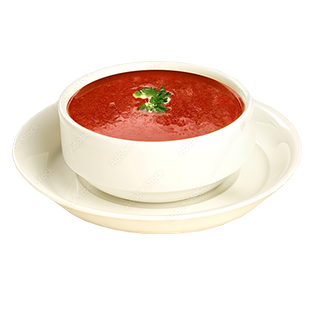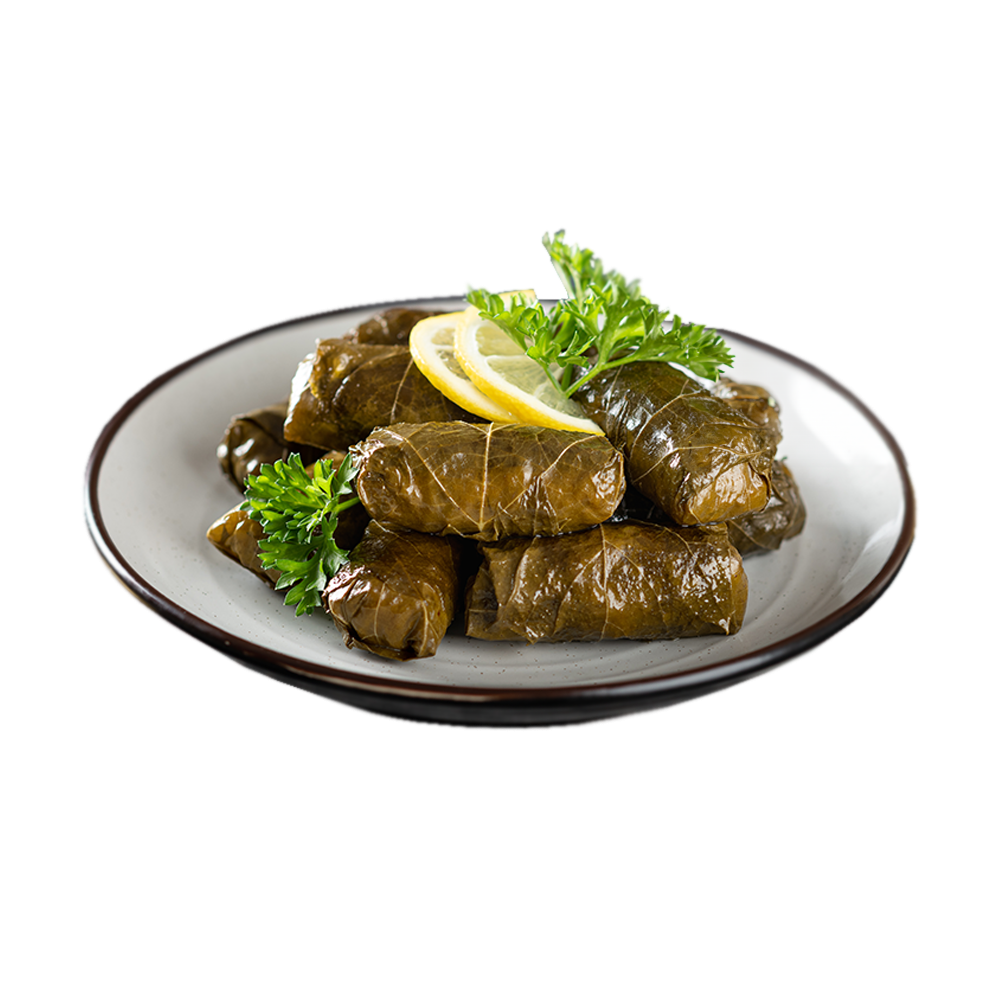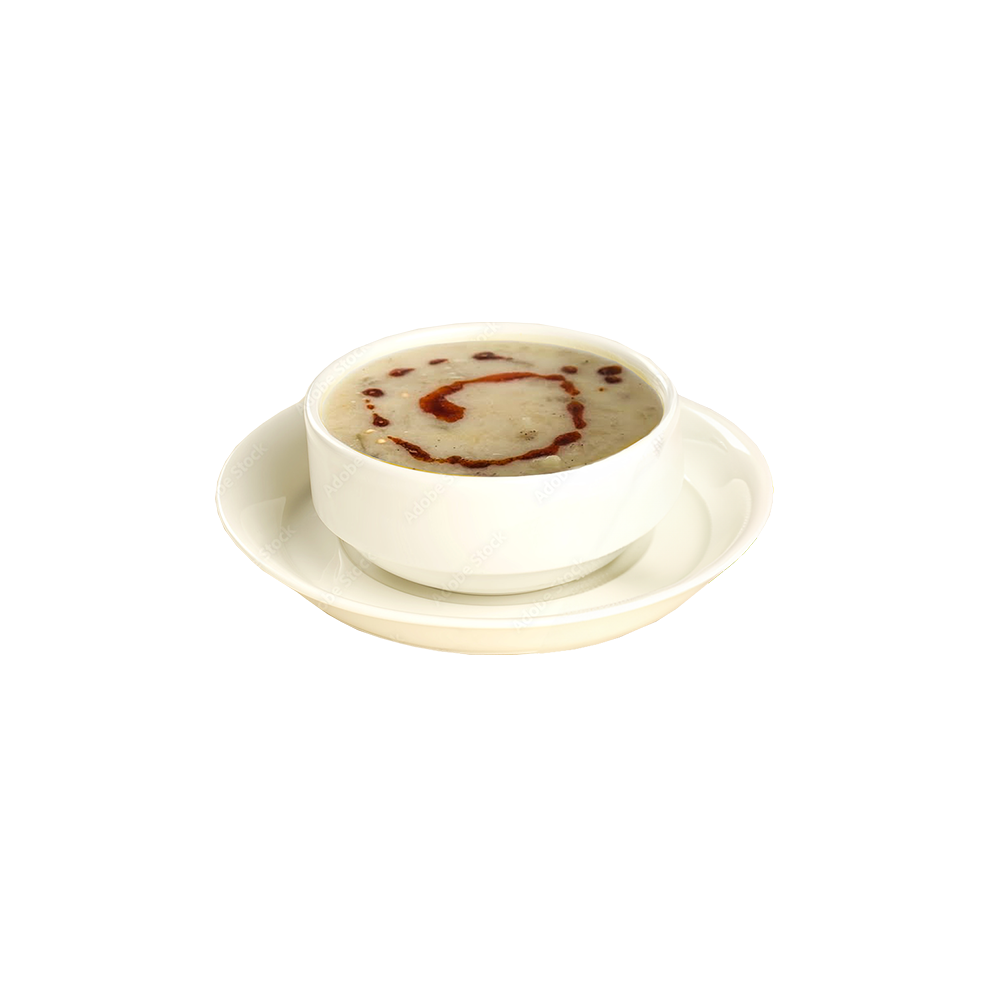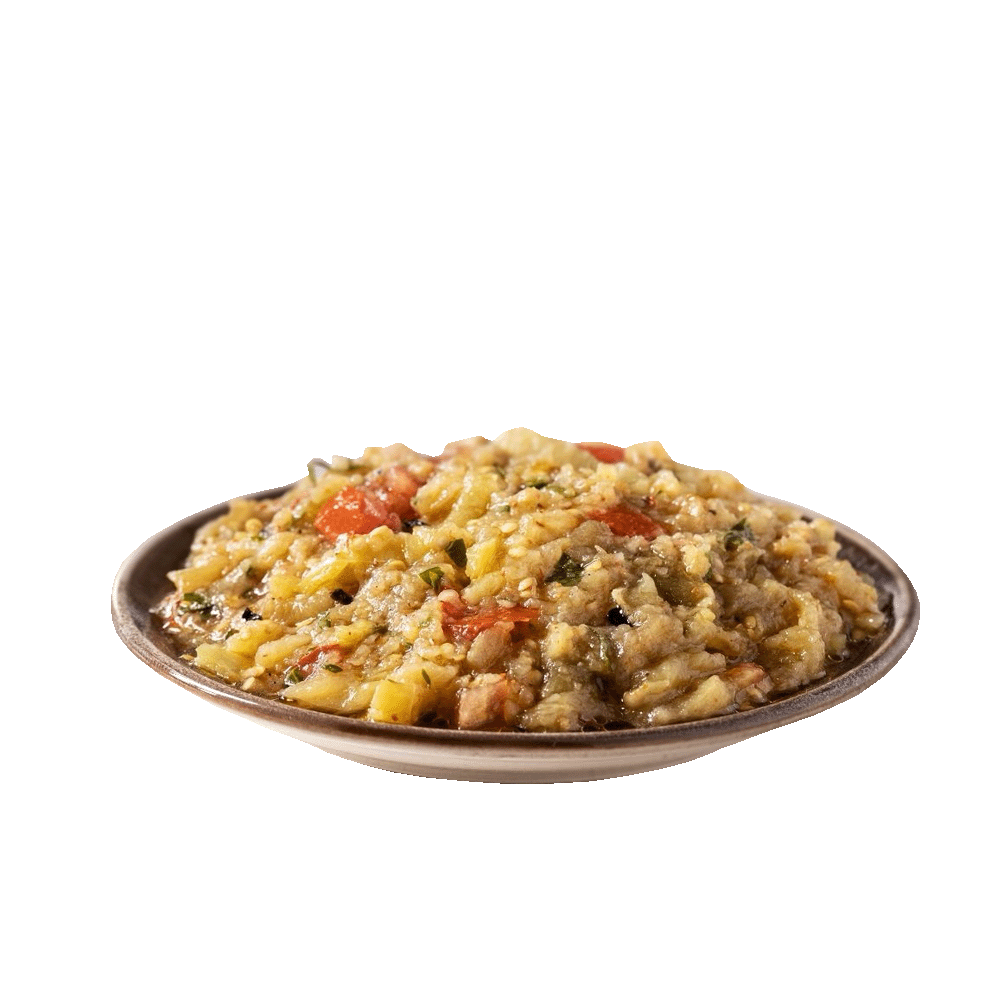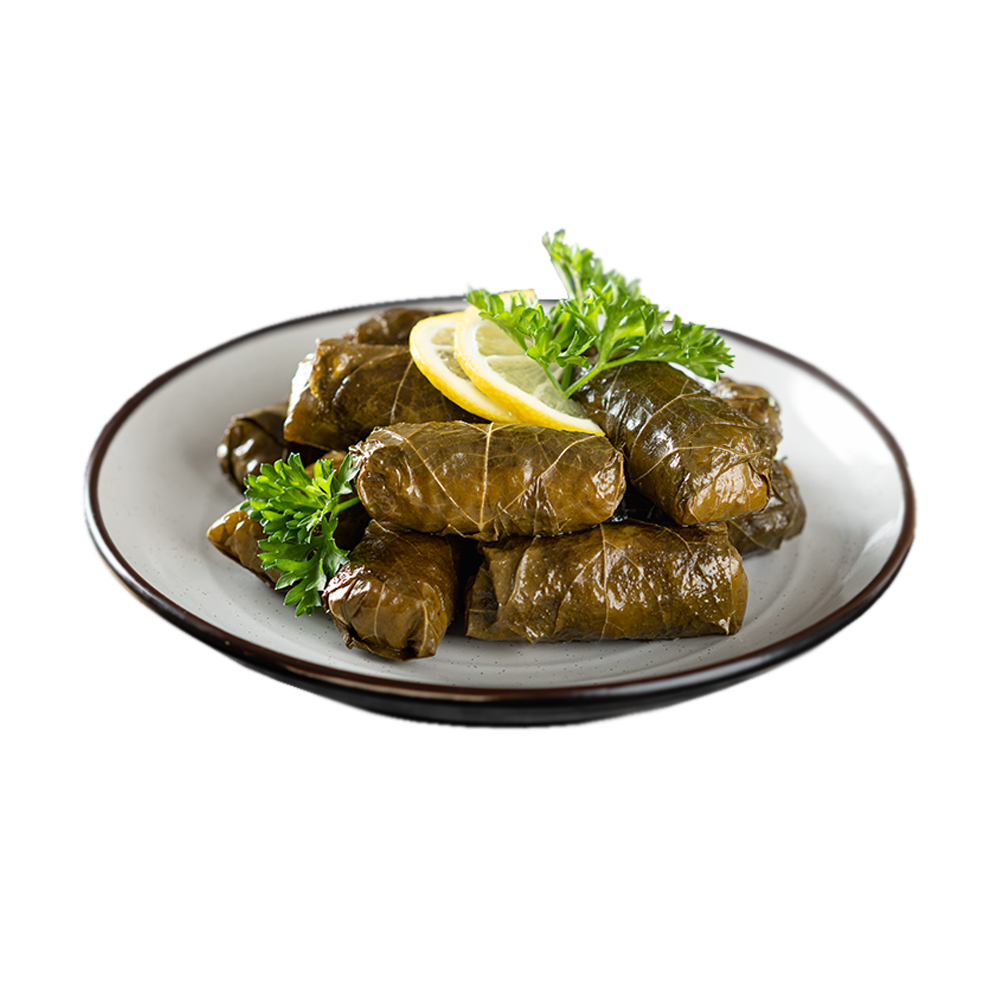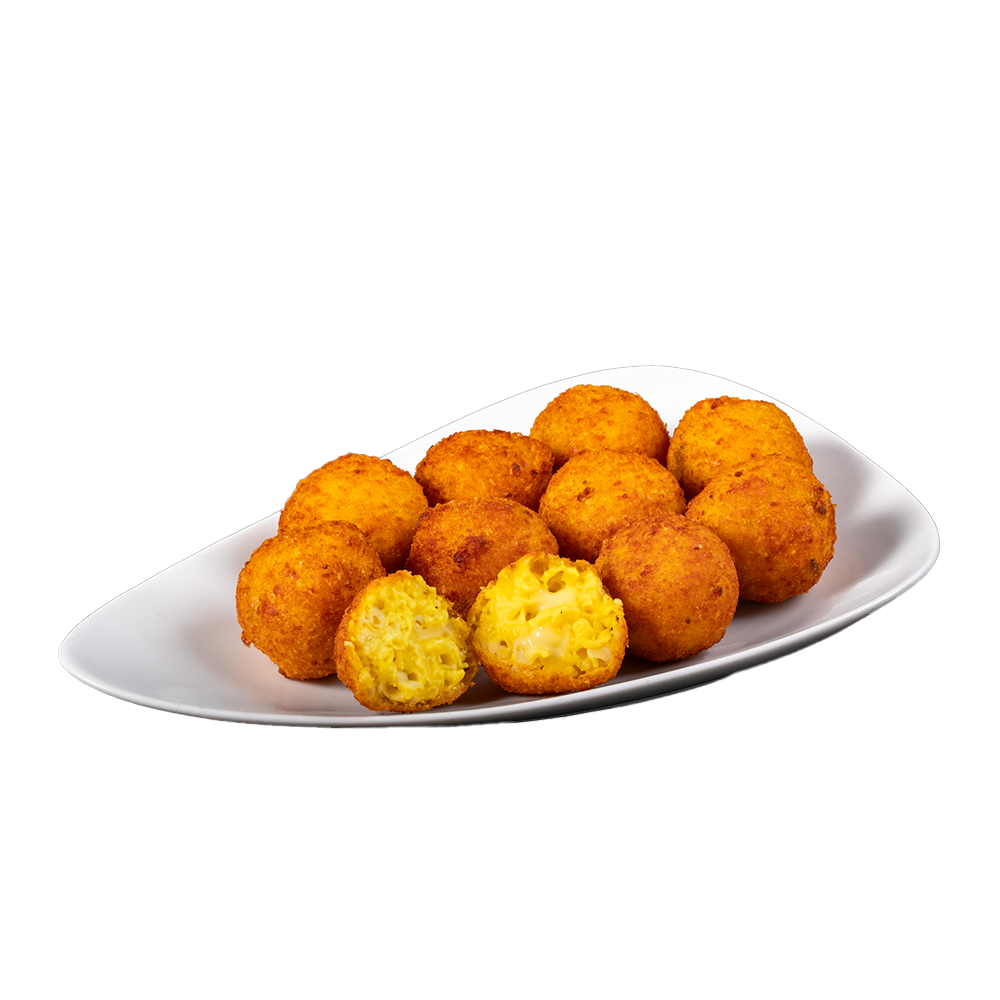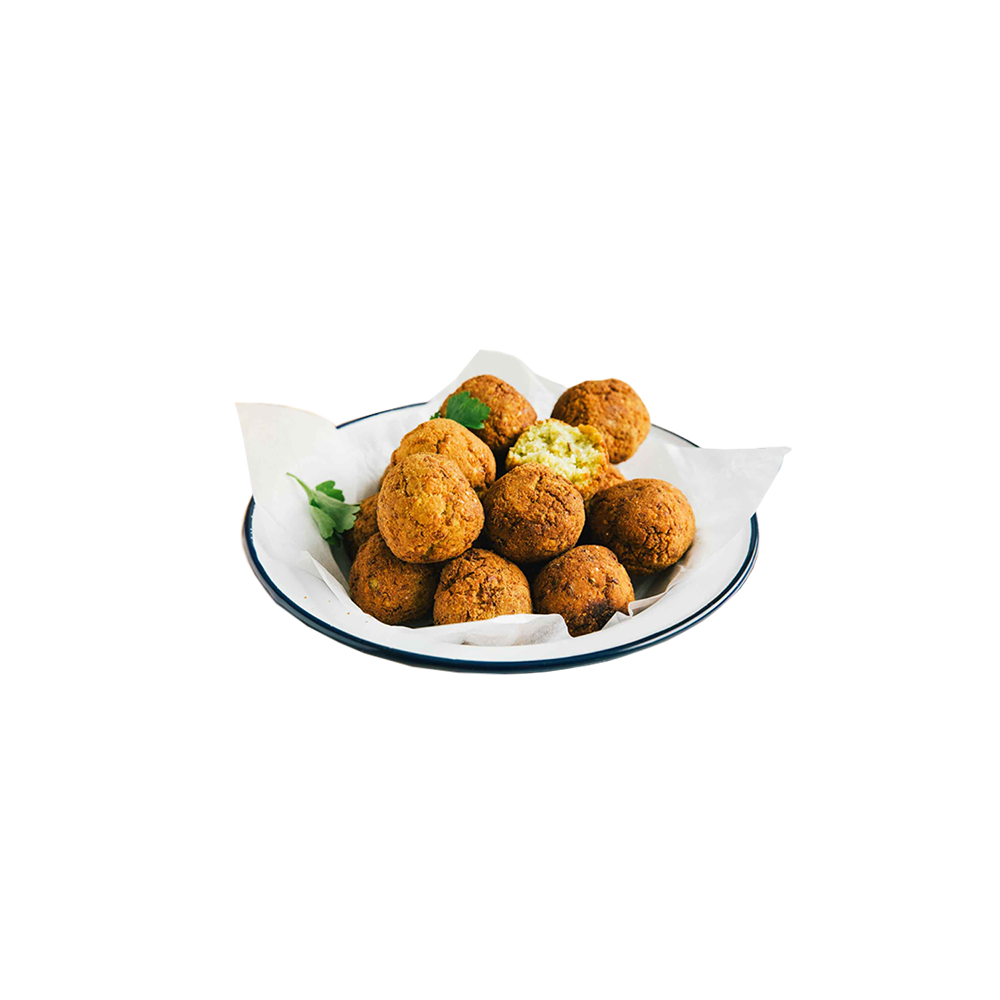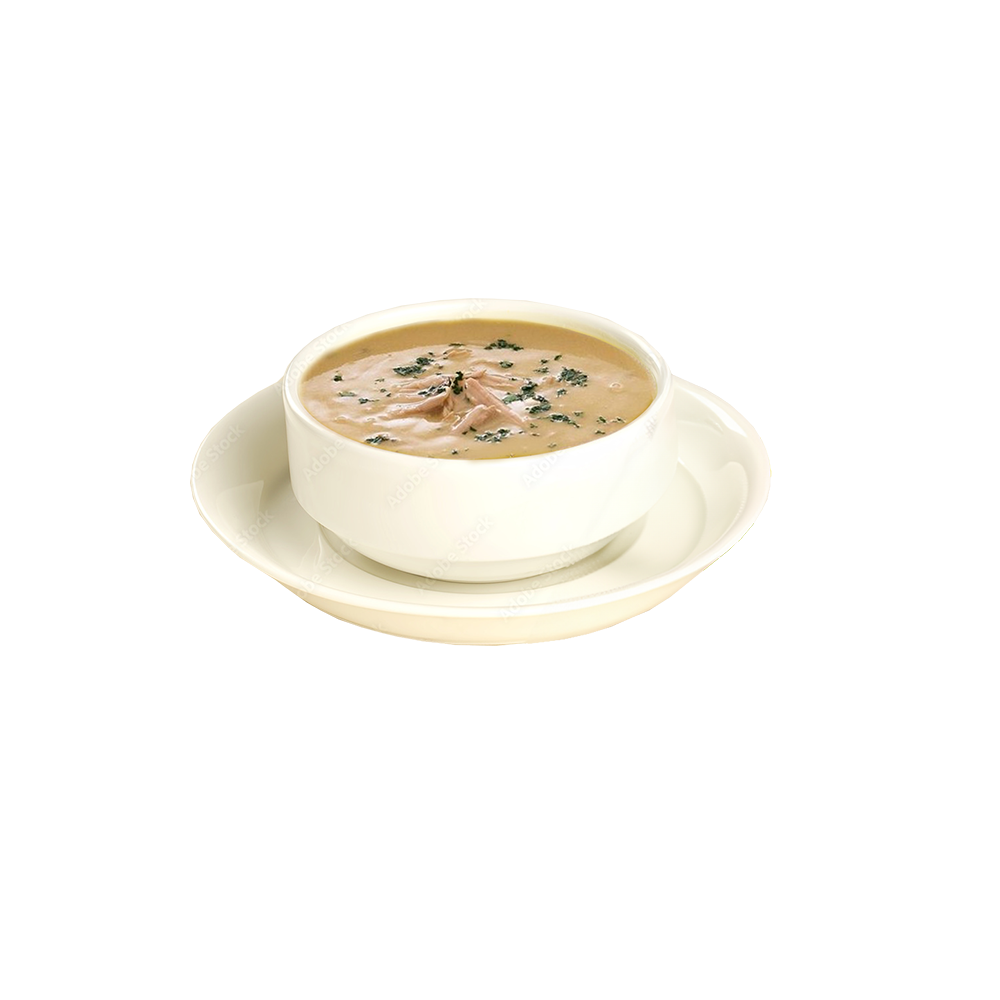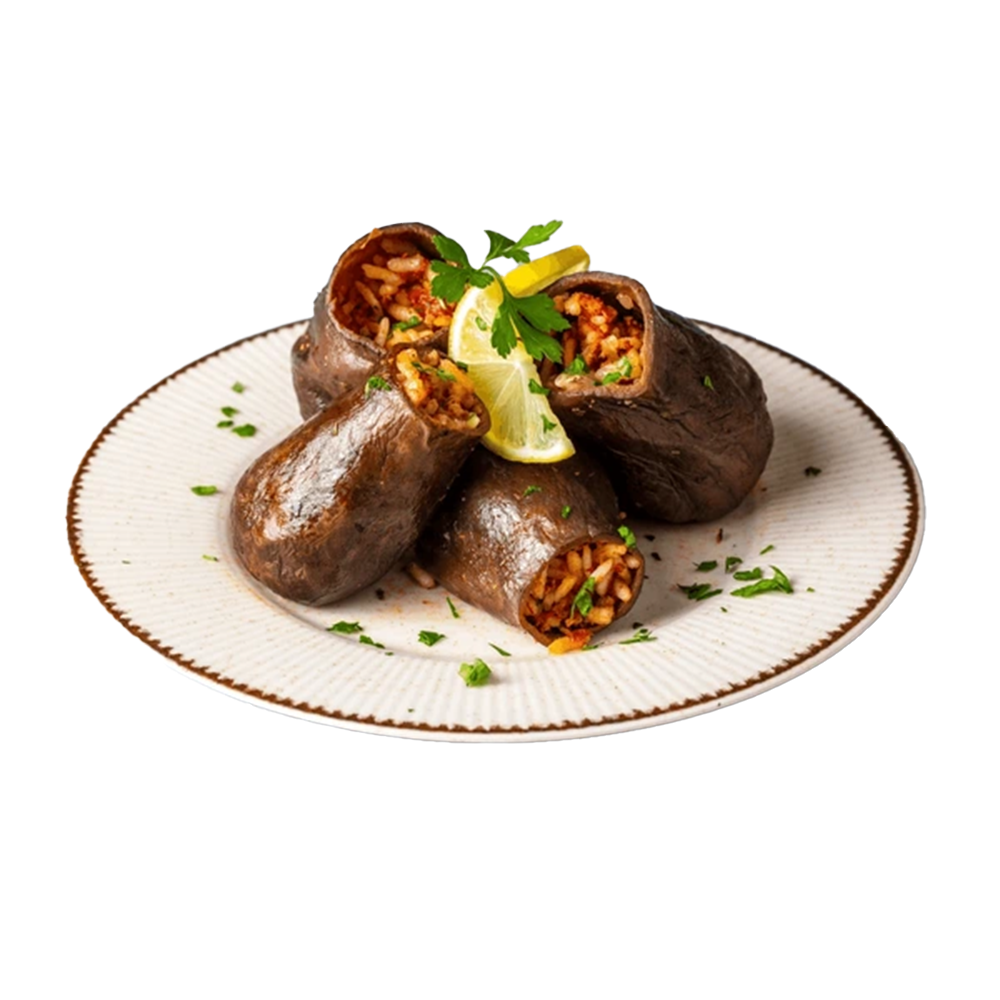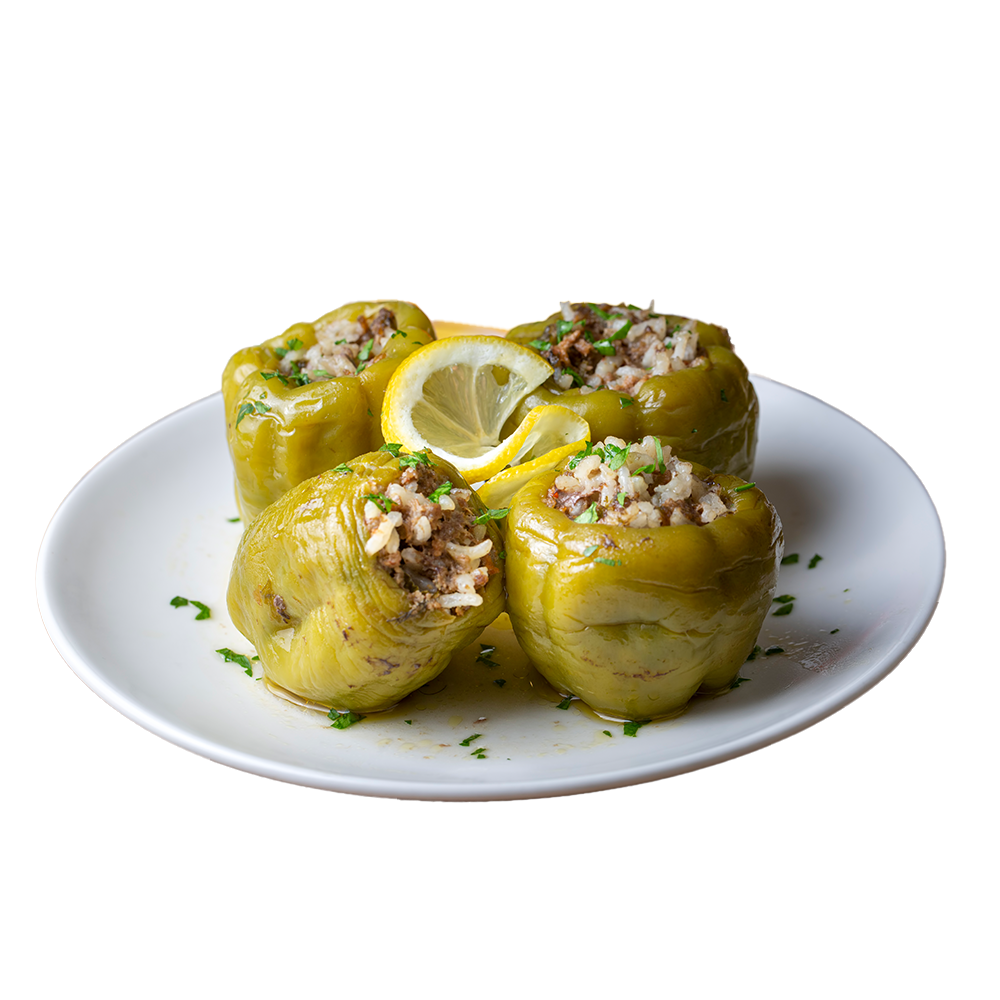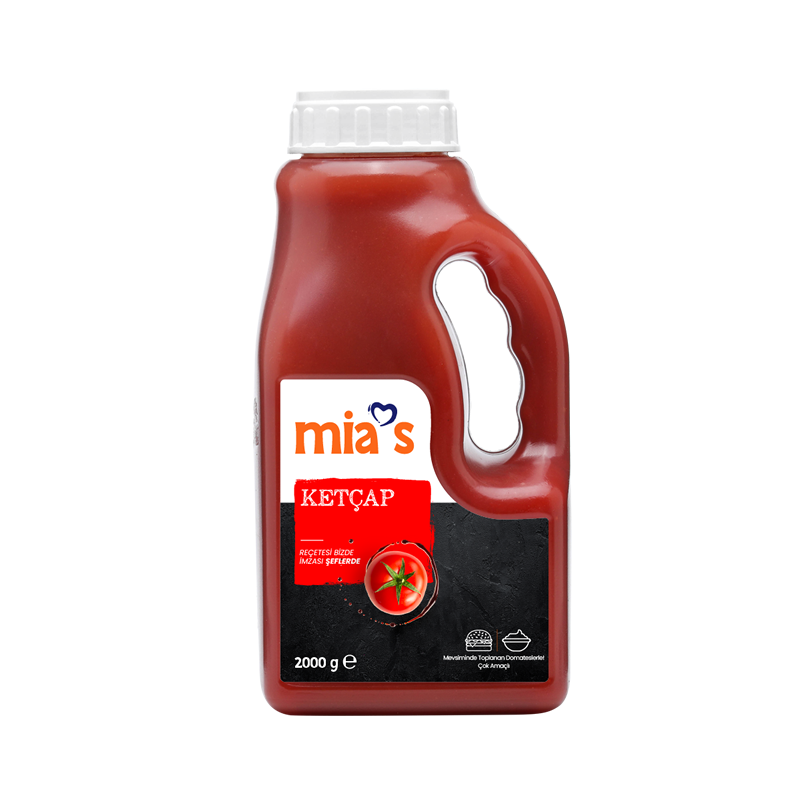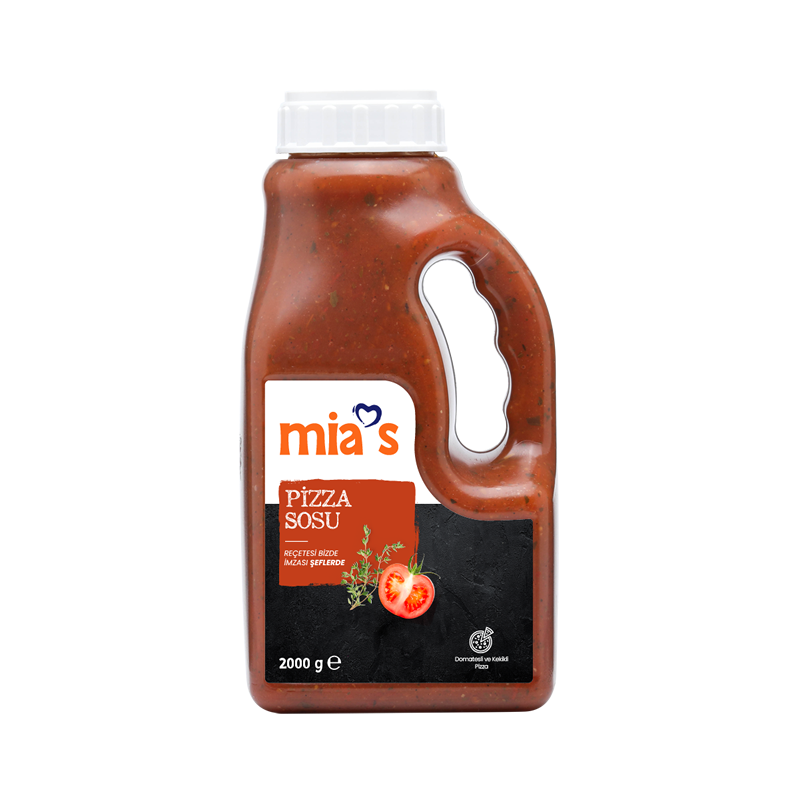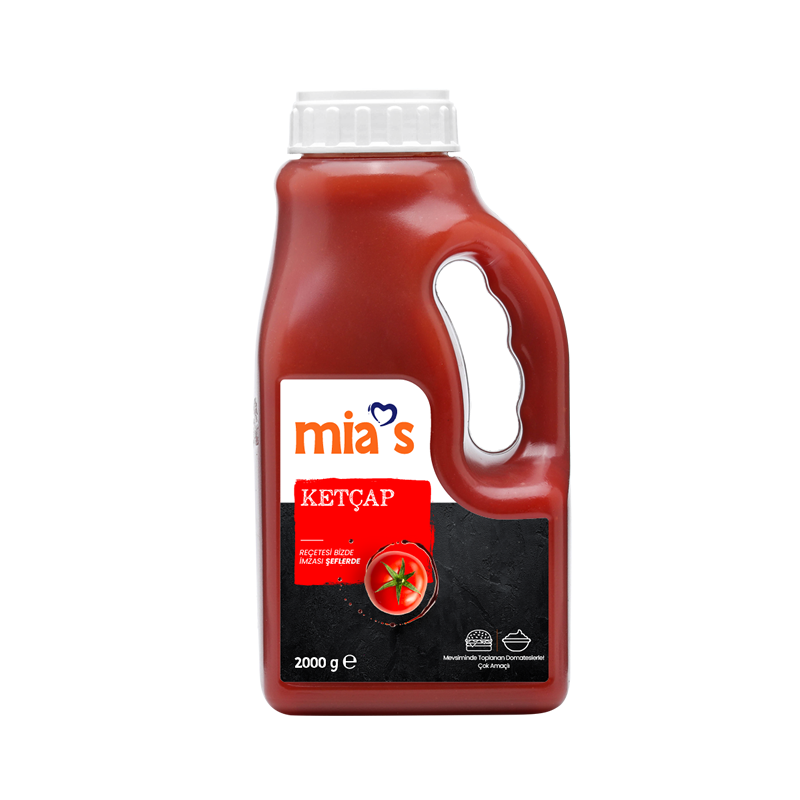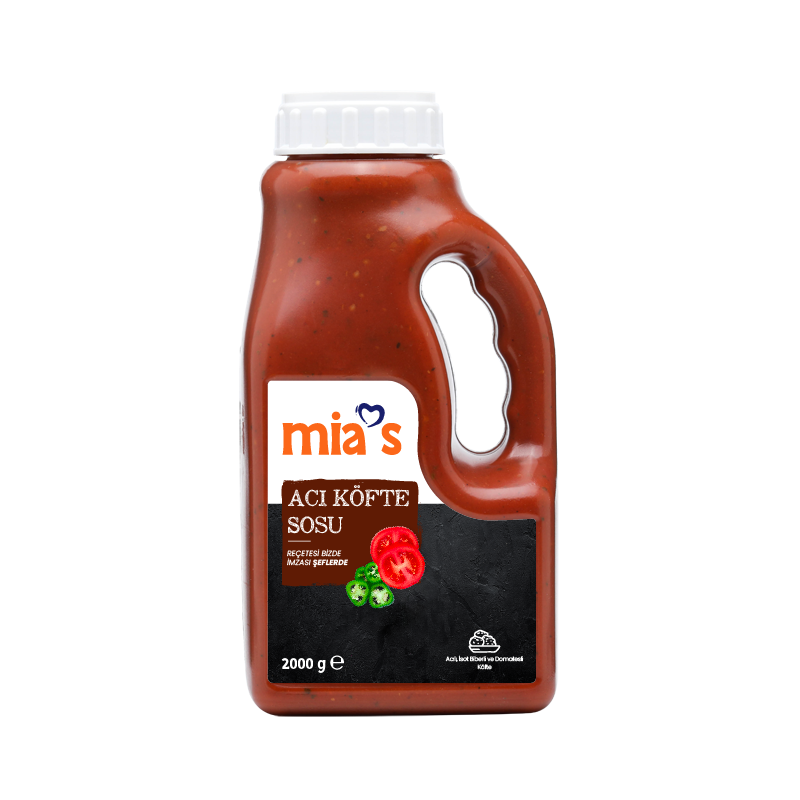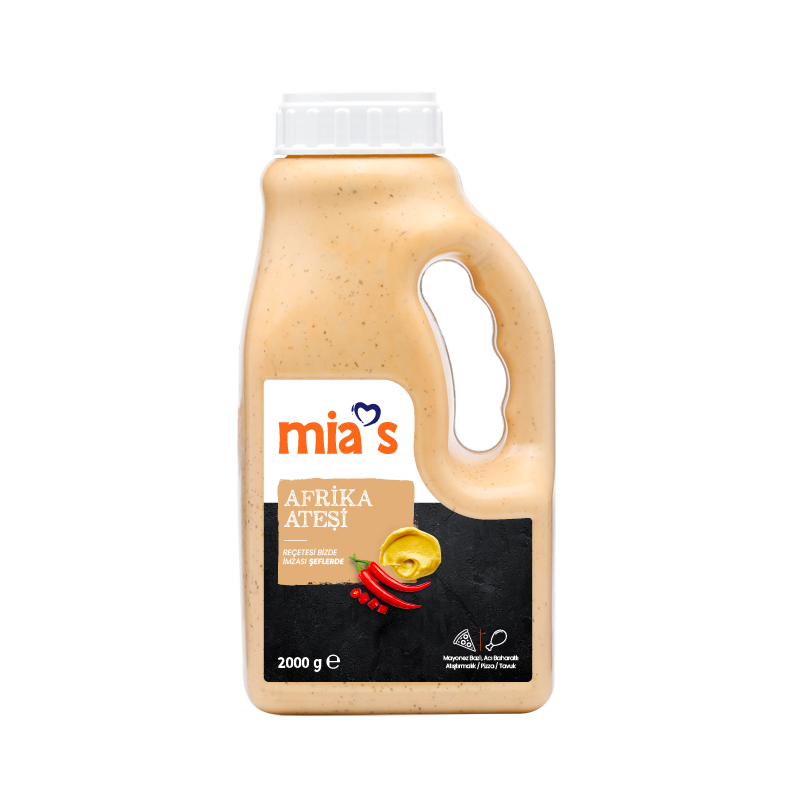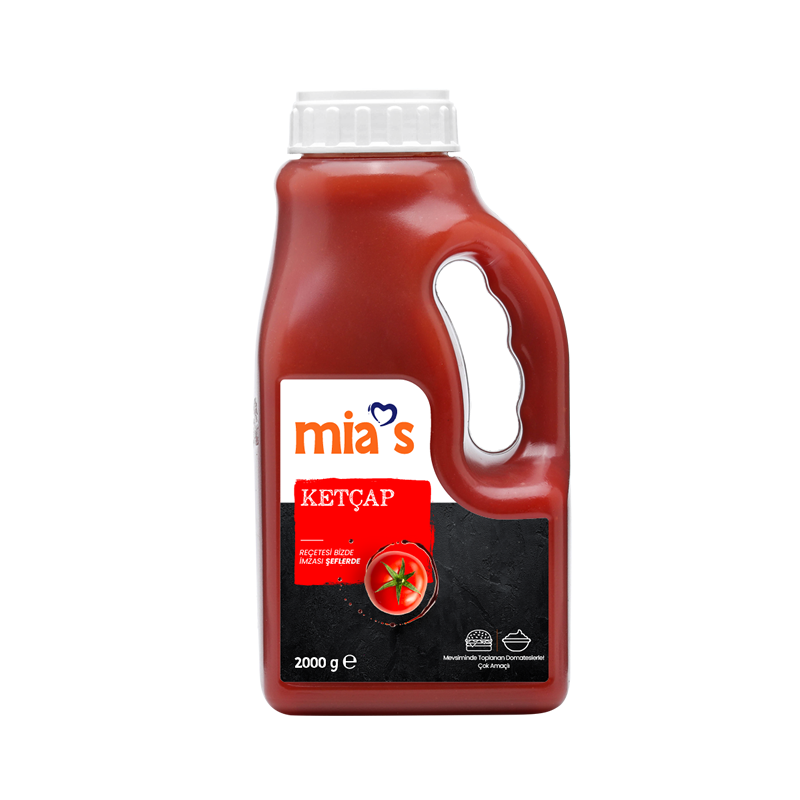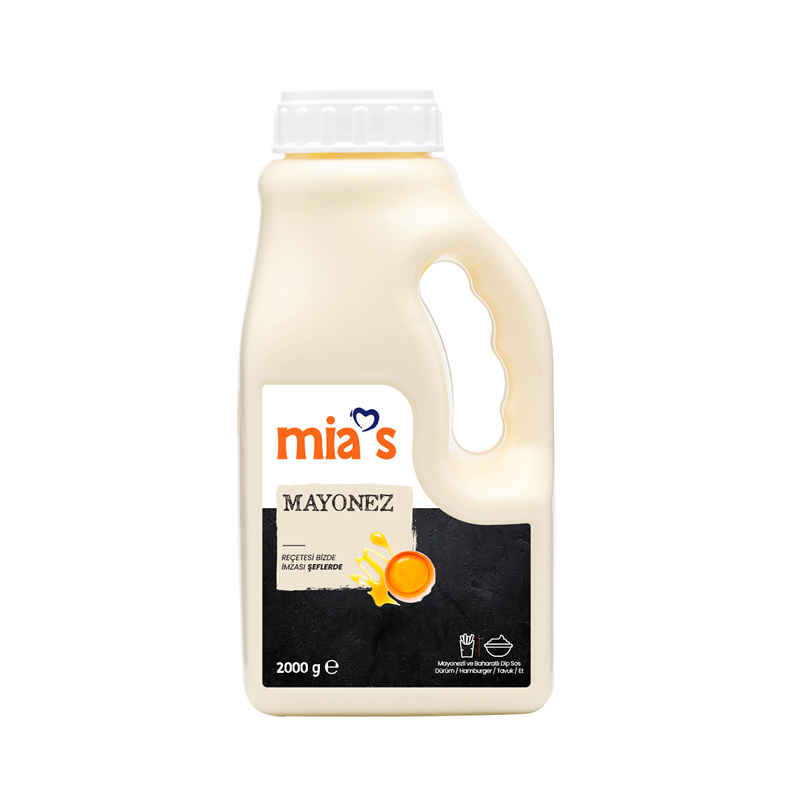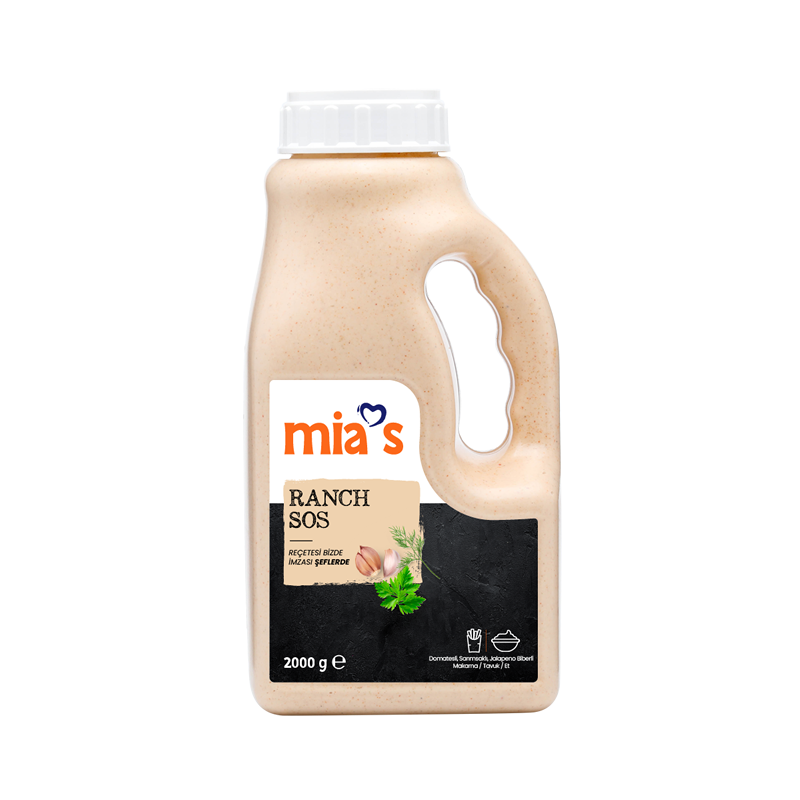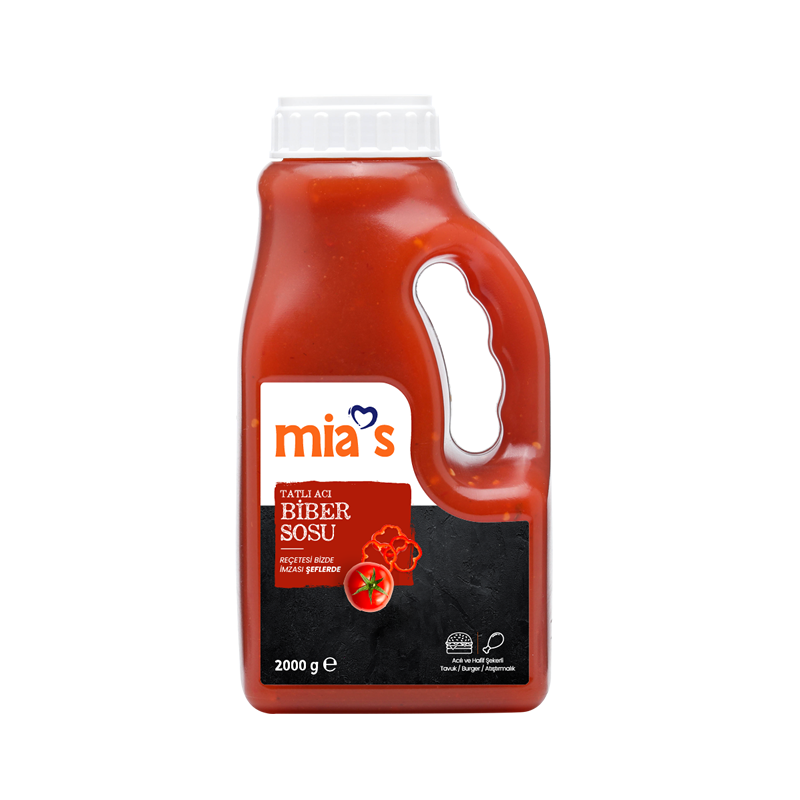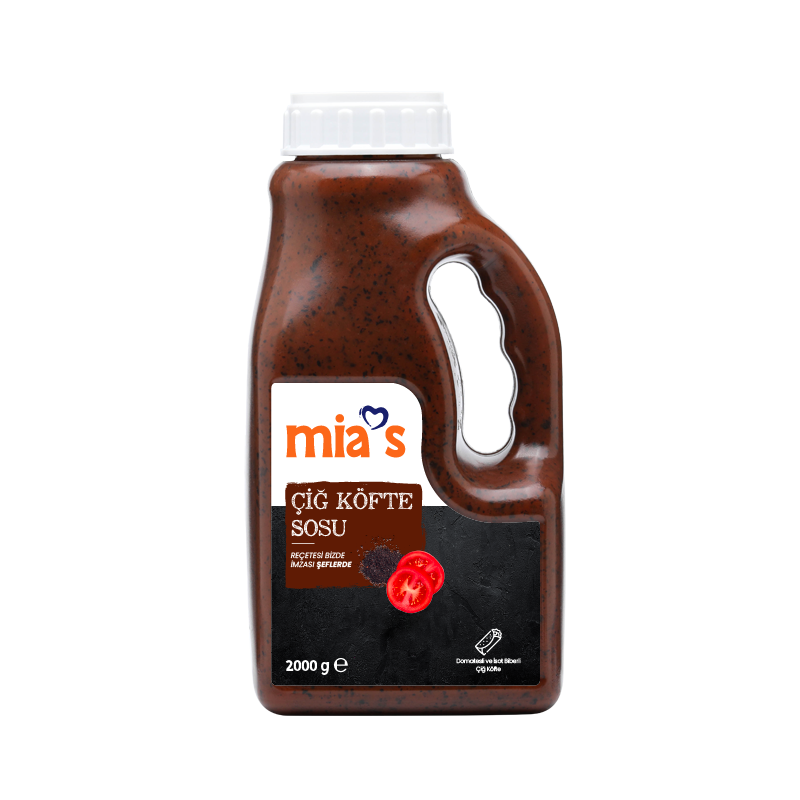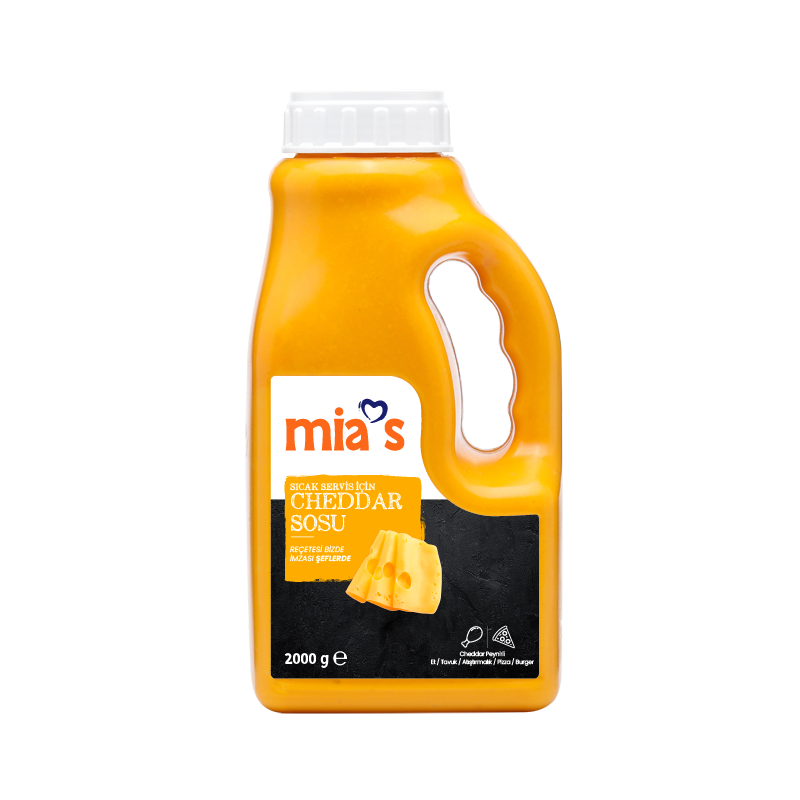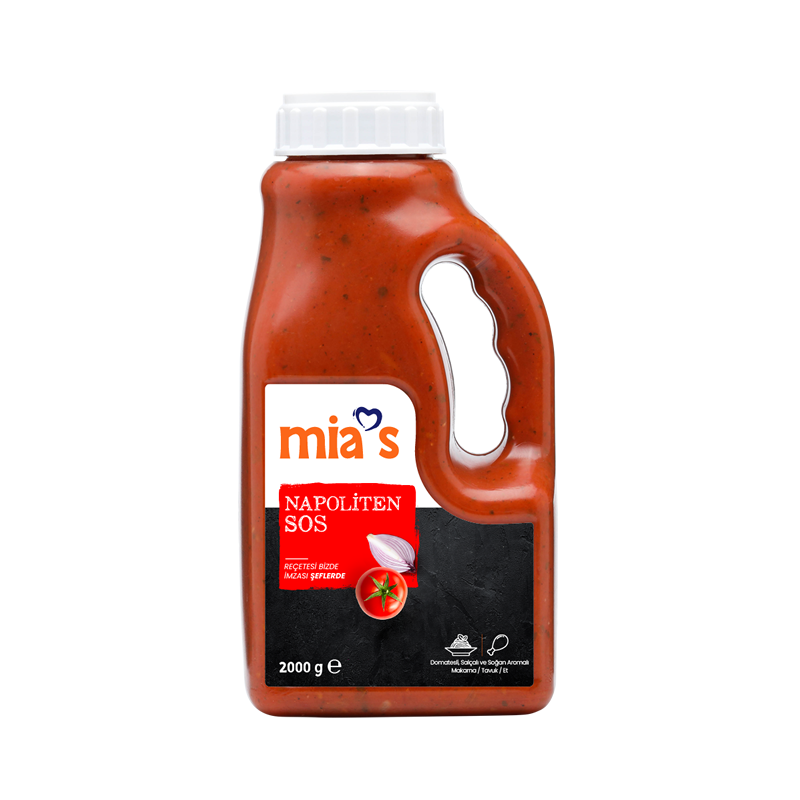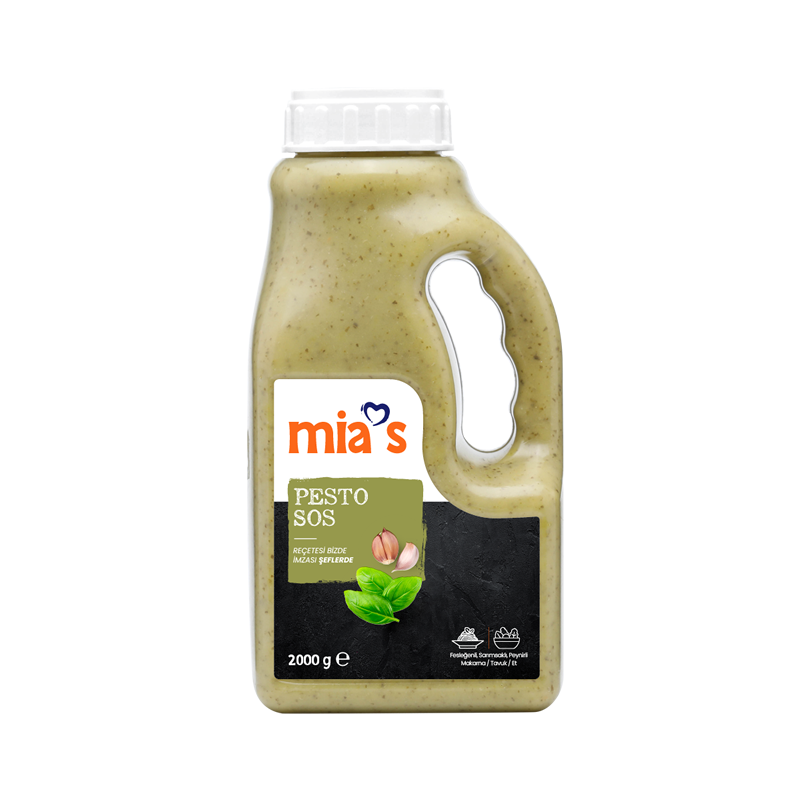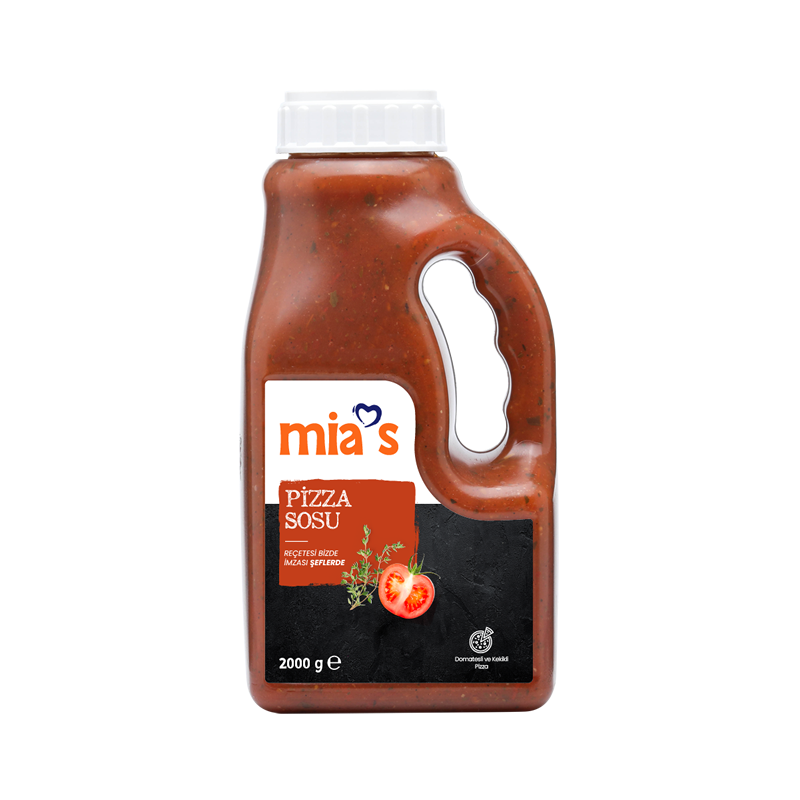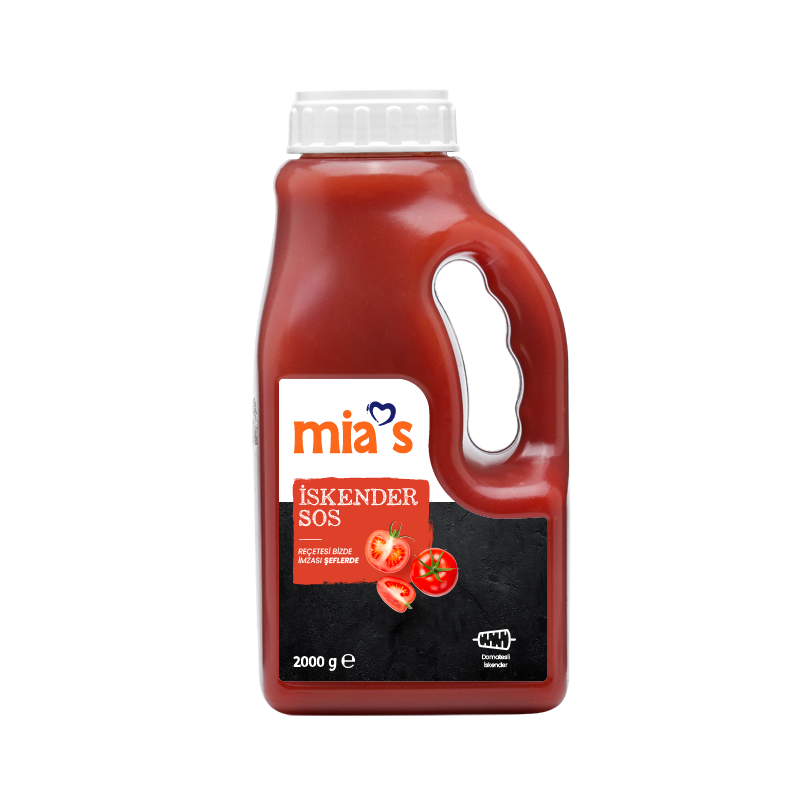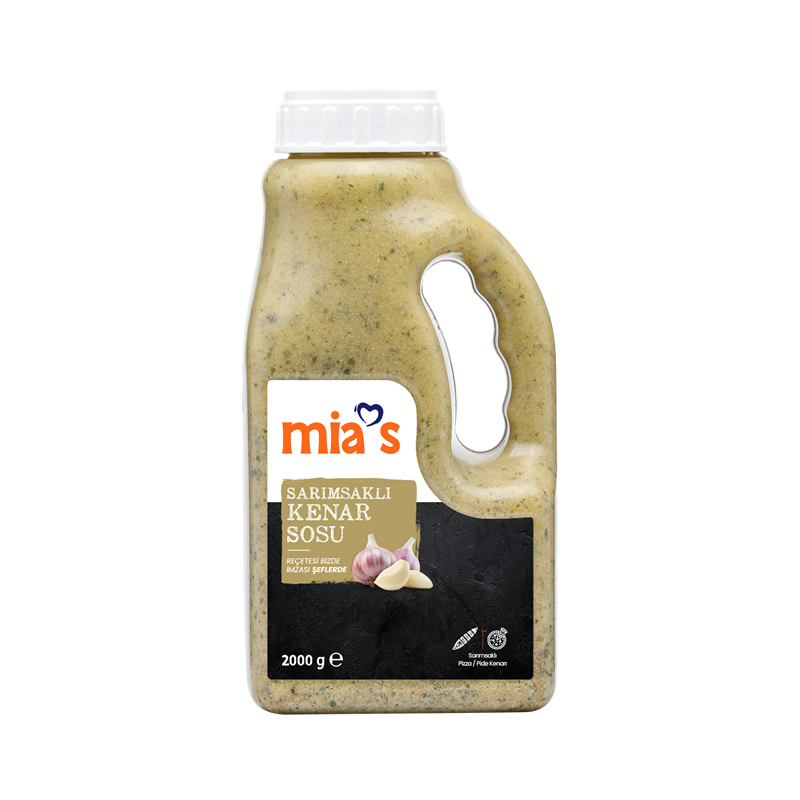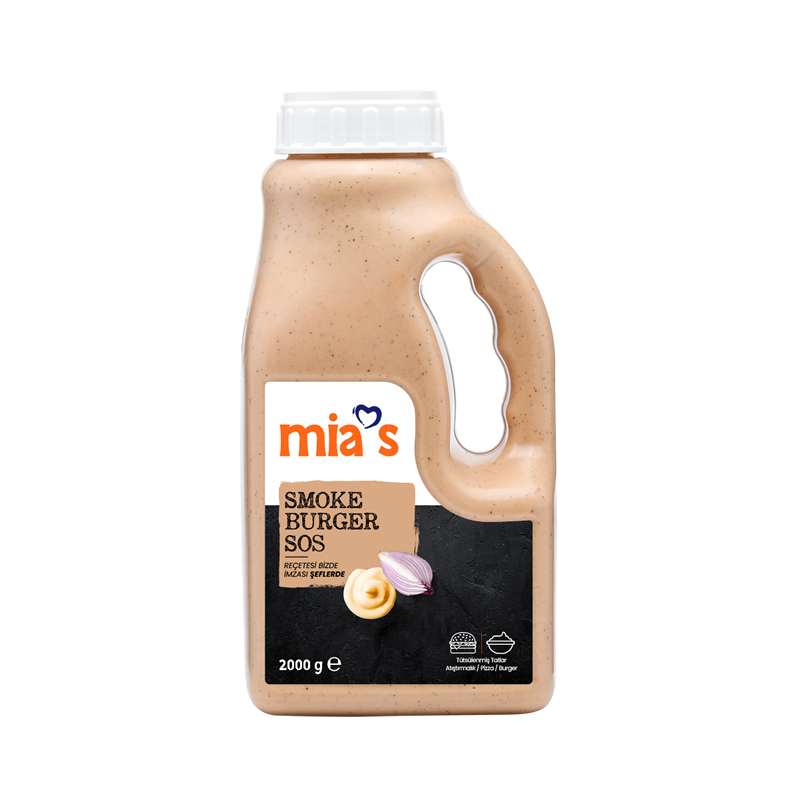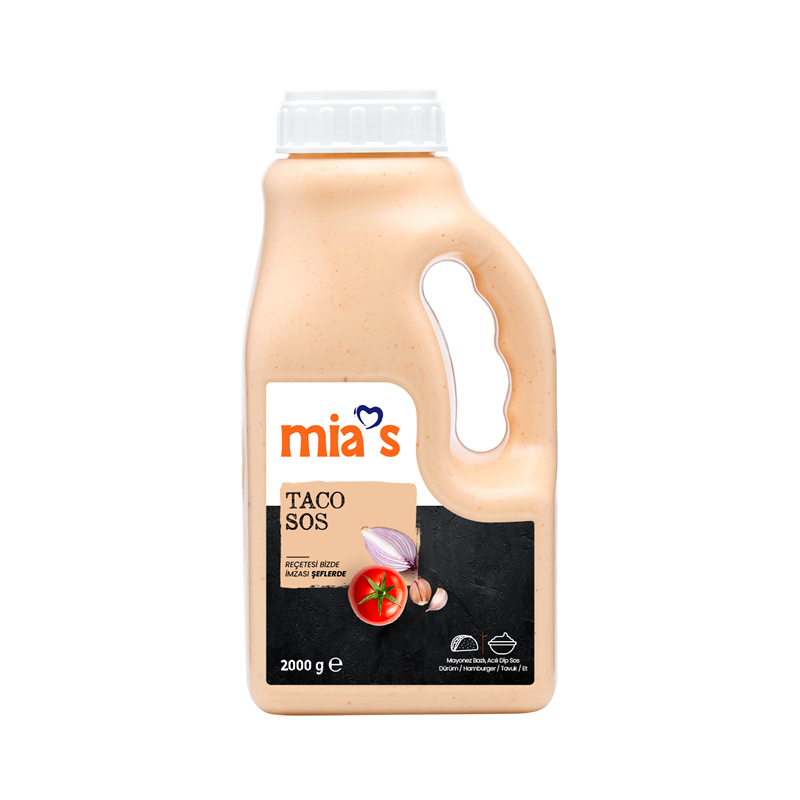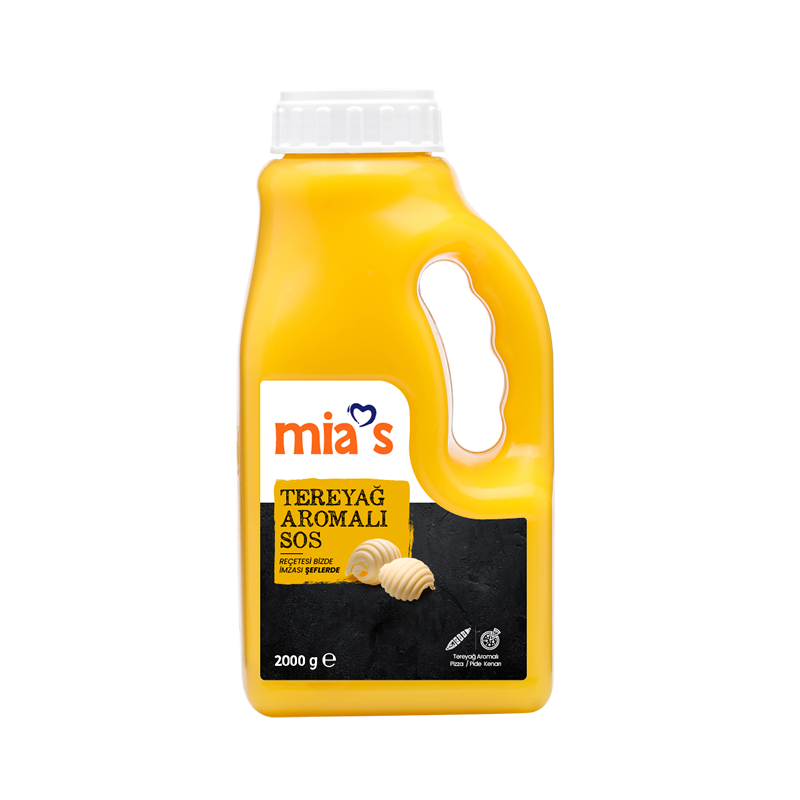
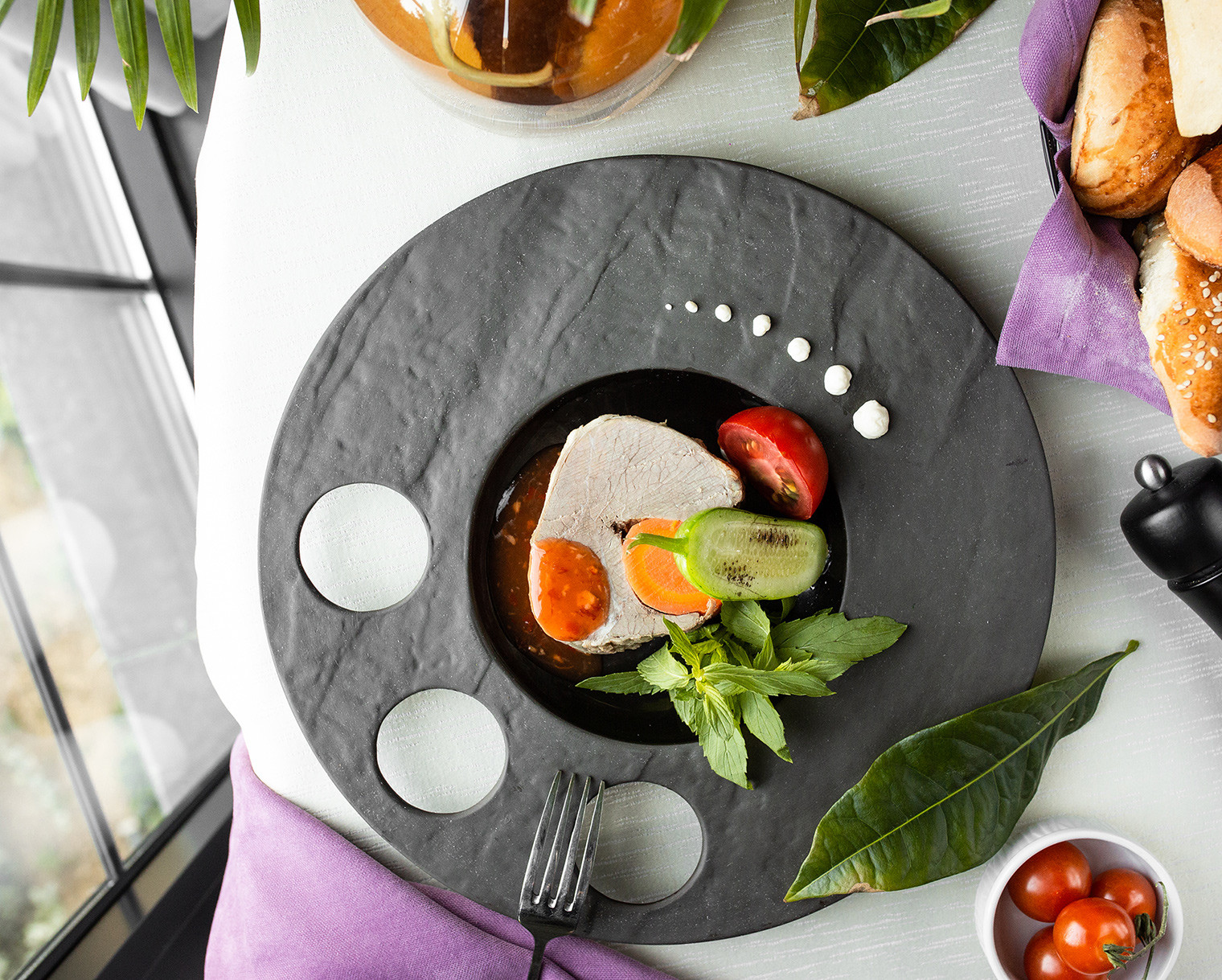
The restaurant world is becoming increasingly innovative and dynamic. As customer expectations rise, businesses are feeling the pressure to evolve their menus and presentation styles. One effective strategy for this is combining traditional flavors with modern presentation techniques. Traditional dishes have long been cherished for their cultural significance and rich flavors. However, when paired with contemporary presentation methods, these dishes can take on new life, adding value to a restaurant’s concept and appeal.
So, how can traditional flavors be harmonized with modern presentation, and how can this fusion enhance a restaurant’s attractiveness?
- Creative Presentation Makes the Dish Irresistible
Traditional dishes, when served in a simple manner, can sometimes appear mundane. However, by using modern presentation techniques, these dishes can become visually striking and appetizing. For example, a classic dish like mantı (Turkish dumplings) can be given a fresh, sophisticated twist by using elegant plates, creative garnishes, and modern plating techniques. Smaller portions and the use of colorful garnishes can elevate the dish and make it more appealing. Furthermore, adding a modern touch to traditional ingredients can not only enhance the dish's flavor but also make it stand out visually on the plate.
- Minimalism in Presentation: Less is More
Minimalism has become a significant trend in modern restaurant design and plating. Traditional dishes are often rich in content and served in elaborate presentations. In contrast, modern restaurants focus on minimalist approaches, which highlight the essential flavors of the dish. Low-profile plates, simple garnishes, and careful arrangement can breathe new life into traditional dishes. For example, a simple kısır (Turkish bulgur salad) can be presented with a clean, elegant design that enhances its natural colors and textures. Using fewer ingredients while still maintaining depth and complexity is a core principle of modern dining.
- Transforming Dishes with Innovative Ingredients and Technology
When modernizing traditional dishes, it's not only the presentation techniques that matter. Modern culinary technologies and innovative ingredients can add a whole new dimension to these dishes. Molecular gastronomy, for instance, has gained popularity in transforming traditional meals. Imagine taking a simple sütlaç (rice pudding) and turning it into a unique dessert with gelled sütlaç cubes or infusing it with smoky flavors. By using modern cooking methods and new ingredients, traditional dishes can undergo a creative transformation, offering diners an exciting and unexpected experience.
- Presenting Local Flavors with a Global Twist
While modernizing traditional dishes, it is important not to lose their cultural context. Many restaurants not only serve traditional dishes using local recipes but also draw inspiration from global cuisines to add a contemporary flair. This approach can make a restaurant's menu more attractive and inclusive, appealing to a broader audience. For example, a traditional pilav (rice dish) can be reimagined by incorporating ingredients from international cuisines, creating a fusion of flavors that still retains the essence of the original dish.
- Creating a Sensory Experience with Stunning Presentations
Food is not just about taste—it’s a visual, olfactory, and tactile experience. When traditional dishes are presented with modern techniques, they can become a feast for the senses. High-quality plates, bespoke presentation tools, and natural materials can transform a meal into a work of art. Moreover, offering diners a transparent view of the preparation process can elevate the dining experience. For example, watching a dessert being prepared live, such as a baklava or kunefe being freshly made, adds an element of surprise and excitement. Combining traditional flavors with innovative presentation methods can make these dishes unforgettable.
- Elevating the Customer Experience
One of the key elements of enhancing the appeal of a restaurant through the modern presentation of traditional dishes is the overall customer experience. While the presentation of the dish is essential, factors such as ambiance, service quality, and the atmosphere of the restaurant are equally important. When serving traditional dishes with a modern twist, restaurants need to ensure that the dining experience is memorable. Guests don’t just want to taste familiar flavors—they want to enjoy an immersive experience. Thus, the decor, the attitude of the staff, and the setting should all complement the modernized dishes to create a cohesive and captivating dining experience.
Where Tradition Meets Modernity
Traditional dishes are a vital part of our cultural heritage. However, by modernizing their presentation, restaurants can add immense value, both aesthetically and commercially. Creative and modern techniques in presenting traditional flavors not only capture the customers' attention but also offer them an unforgettable dining experience. Restaurant owners who embrace this approach will find that they can elevate not only their dishes but the entire atmosphere of their establishment. Where tradition meets modernity, restaurants can stand out, increase customer loyalty, and create a more appealing environment.


